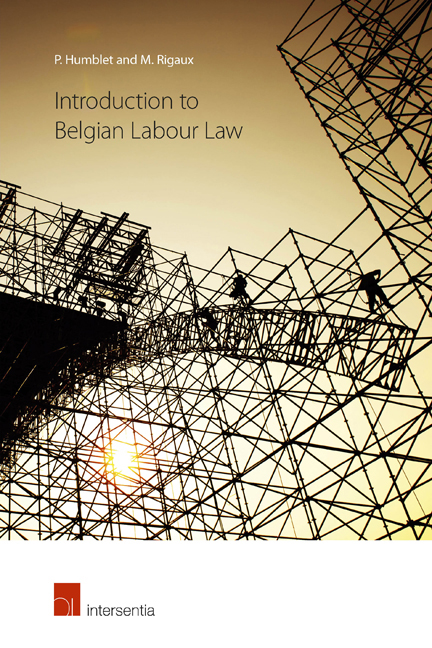Book contents
- Frontmatter
- Preface
- Contents
- List of Abbreviations
- PART I EMPLOYMENT LAW
- I THE CONTRACT OF EMPLOYMENT
- II CONCLUDING THE CONTRACT
- III EMPLOYMENT
- IV TERMINATION OF EMPLOYMENT
- V SPECIAL AND DEVIATING TYPES OF EMPLOYMENT CONTRACTS
- PART II INDUSTRIAL RELATIONS LAW
- I FREEDOM OF ASSOCIATION
- II TRADE UNIONS AND EMPLOYERS’ ASSOCIATIONS
- III INSTRUMENTS FOR SOCIAL DIALOGUE
- IV FUNDS FOR SOCIAL SECURITY
- V INDUSTRIAL ACTION
- In Cauda
- General Bibliography
- E-addresses
II - TRADE UNIONS AND EMPLOYERS’ ASSOCIATIONS
Published online by Cambridge University Press: 13 December 2017
- Frontmatter
- Preface
- Contents
- List of Abbreviations
- PART I EMPLOYMENT LAW
- I THE CONTRACT OF EMPLOYMENT
- II CONCLUDING THE CONTRACT
- III EMPLOYMENT
- IV TERMINATION OF EMPLOYMENT
- V SPECIAL AND DEVIATING TYPES OF EMPLOYMENT CONTRACTS
- PART II INDUSTRIAL RELATIONS LAW
- I FREEDOM OF ASSOCIATION
- II TRADE UNIONS AND EMPLOYERS’ ASSOCIATIONS
- III INSTRUMENTS FOR SOCIAL DIALOGUE
- IV FUNDS FOR SOCIAL SECURITY
- V INDUSTRIAL ACTION
- In Cauda
- General Bibliography
- E-addresses
Summary
Employers and unions are organised in professional associations.
Article 10 of ILO Convention No. 87 defines a professional organisation as any organisation of workers or employers aimed at furthering and defending the interests of workers or employers. However, there is no actual definition in Belgian law. This is the result of two facts:
Firstly, workers’ organisations have always refused to adopt legal personality. Secondly, the public authorities are committed to the natural balance of power and never intervene directly in industrial relations.
This does not mean that unions operate in a legal void. Some have actually been specifically integrated into the system. Our study will be confined to these ‘representative’ organisations.
- Type
- Chapter
- Information
- Introduction to Belgian Labour Law , pp. 181Publisher: IntersentiaPrint publication year: 2016

